
Test runs of experimental models for predicting winter snowpack show some success in many mountain ranges in the western United States.
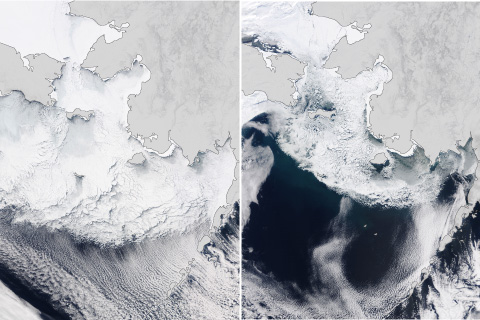
Groundfish stocks in the Eastern Bering Sea are healthy at present, but a recent string of very warm summers, preceded by winters with sparse sea ice, led NOAA biologists to recommend lower catch limits for pollock—the nation's largest commercial fishery.
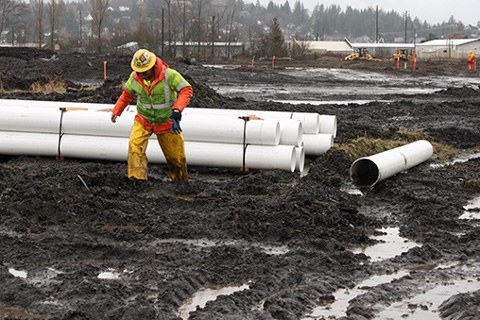
Can climate science help the construction industry save money and manage risk? With a new app, a team of scientists and construction managers aims to find out.
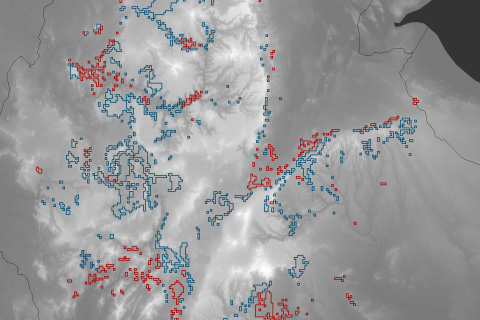
Malaria is among the world's deadliest diseases. Rising temperatures in Ethiopia are expanding malaria risk zones.
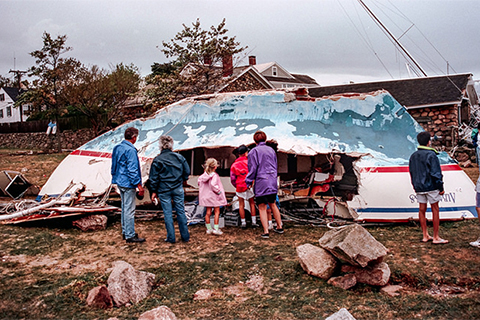
Using lessons from past hurricanes, a Massachusetts town safeguards its water supply and prepares its residents for a future that includes more intense weather.
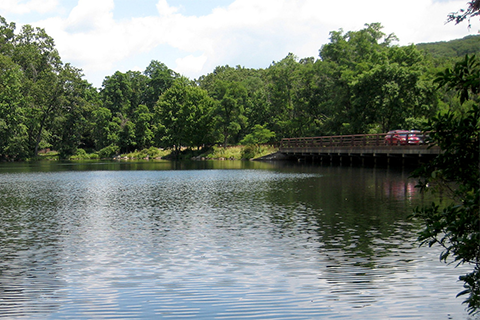
Faced with the potential of a large expense related to water quality, Maine's Portland Water District had two investment choices: conservation or concrete.
In the agricultural heartland of the Northwest Pacific, a water plan that protects people and nature
After facing 5 years of drought in 15 years, partners in Washington's Yakima River Basin developed a new water plan that aims to make farms, fish, and families in the region more resilient to climate variability and change.

Trees within a city can help reduce urban heat, control stormwater, and provide habitat to local wildlife. As climate conditions change, a Chicago group is working to enhance the reilience of the city's urban forest.
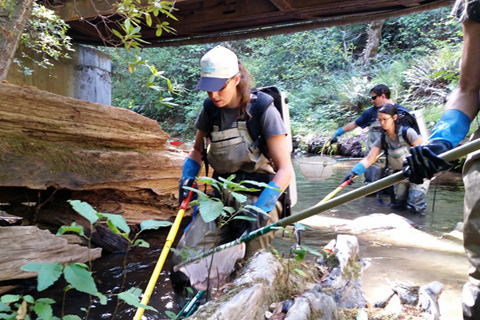
Blocked for decades by an impassable dam, 11.2 miles of prime habitat are now open to endangered Caifornia coho salmon. Access to the upper stream elevations will make the salmon and steelhead trout that migrate into the Russian River watershed to spawn much more resilient to temperature and drought extremes.
